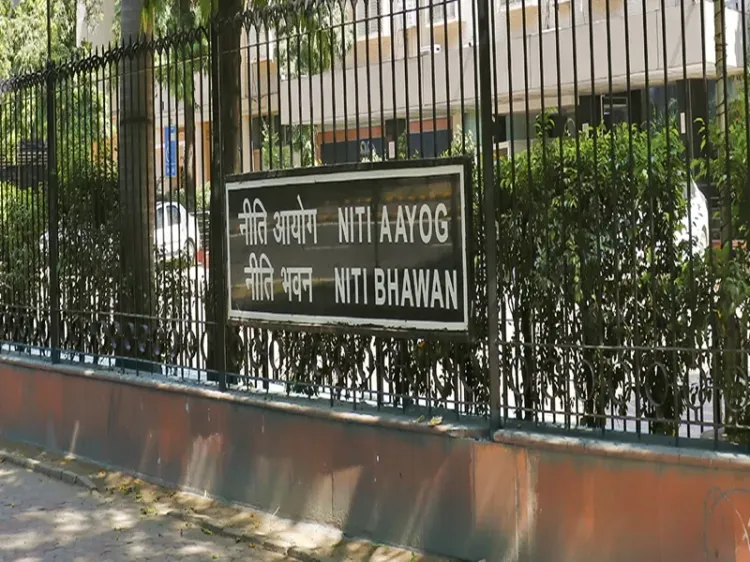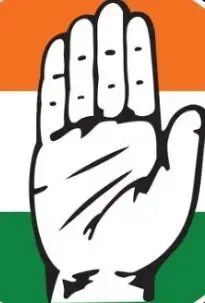NITI Aayog's Report Highlights West Bengal's Fiscal Struggles

Synopsis
Key Takeaways
- West Bengal ranks 16th in fiscal health.
- Quality of expenditure is a major issue.
- Investment in physical infrastructure has dropped significantly.
- Dependency on grants-in-aid is increasing.
- Interest payments on debt are constraining development funds.
Kolkata, Jan 25 (NationPress) The 'Fiscal Health Index: 2025', published by NITI Aayog, underscores West Bengal's inadequate performance in revenue mobilisation, expenditure quality, and debt index.
Unveiled by Arvind Panagariya, Chairman of the 16th Finance Commission, in New Delhi, this index offers a thorough evaluation of the fiscal conditions of 18 major states.
Among the 18 states assessed, West Bengal found itself ranked 16th.
The report raises significant concerns regarding the expenditure quality of the state government.
Specifically, West Bengal's investment in physical infrastructure as a share of total spending has diminished from 5.3 percent in 2018-19 to 3 percent in 2022-23, falling below the national average.
Equally alarming is the decline in capital expenditure, which has dropped from 12.2 percent in 2018-19 to 8.3 percent in 2022-23, also under the national average.
Although the proportion of social expenditure in total spending was relatively higher in West Bengal at 28.2 percent during the reviewed fiscal period, it remains lower than the national average.
The 'Fiscal Health Index: 2025' report indicates that while West Bengal's tax revenue, primarily from SGST, has seen an annual growth of 6.6 percent over the past five years, the state's non-tax revenue has experienced a downturn during the same timeframe.
Moreover, the report notes that West Bengal's dependency on grants-in-aid as a share of revenue receipts has risen from 17.6 percent in 2018-19 to 19.6 percent in 2022-23.
It also highlighted that although the state's debt as a percentage of gross state domestic product (GSDP) has decreased from 40.7 percent in 2010-11 to 35.7 percent in 2018-19, the significant concern lies in the interest payments on this debt.
“Interest payments account for 20.47 percent of Revenue Receipts in the current year, limiting the state's capacity to allocate funds for development,” the report stated.









